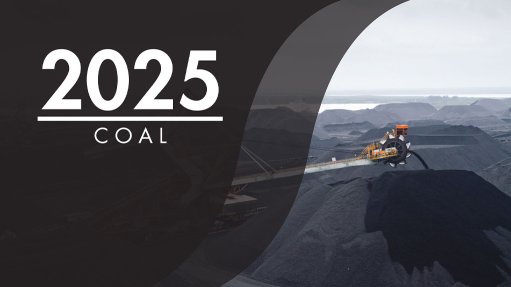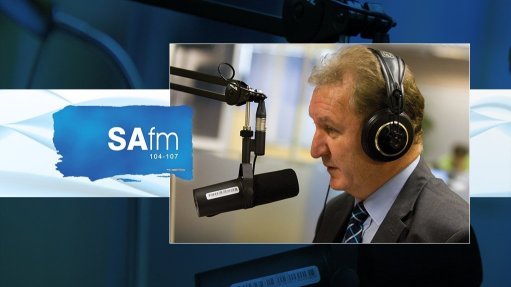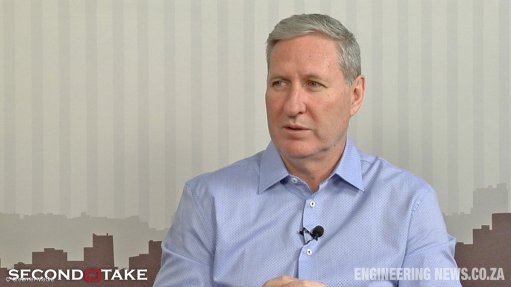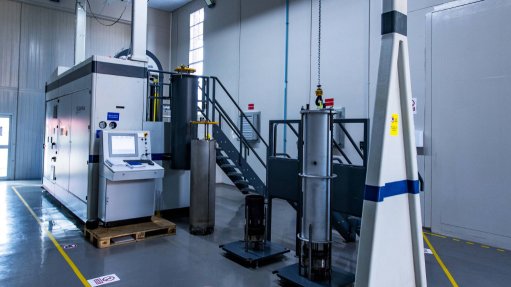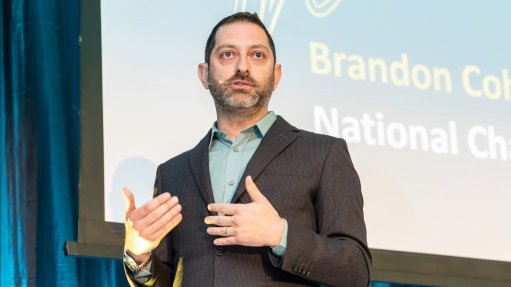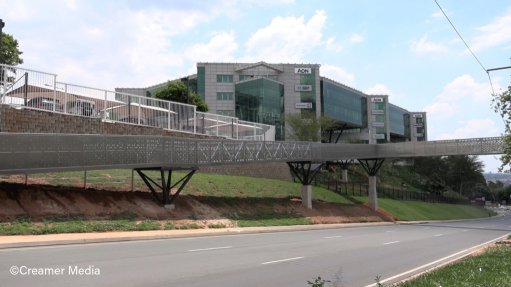Challenges hinder SEZ potential

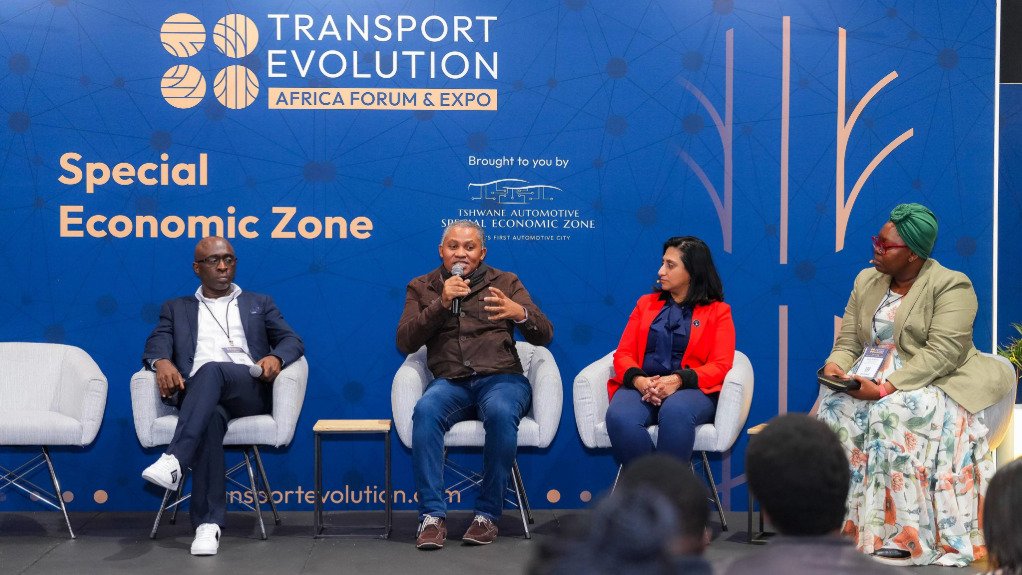
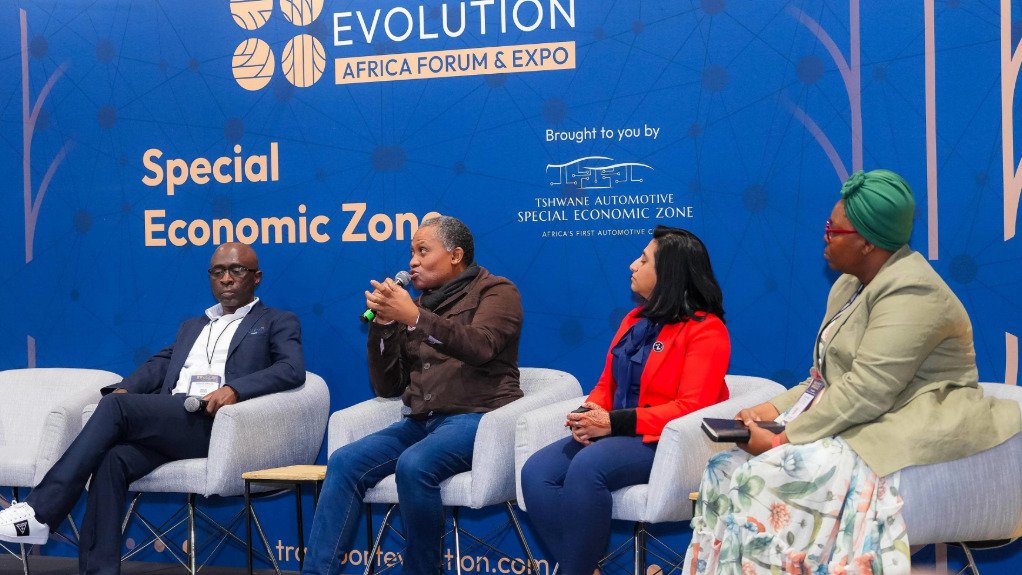
DRIFTING INTENTS SEZ's disjointed approach often lacks such foundational anchors, making it difficult to establish sustainable ecosystems
BREAKING DOWN HURDLES Panelists unpacked key challenges impacting SEZ developments
Despite the anticipated impact of special economic zones (SEZs) in driving industrial and regional development, several challenges, such as the existence of silos and a lack of differentiation, have hindered their ability to achieve their intended impact.
This was discussed by panellists at the Transport Evolution Expo and Conference, at the Gallagher Convention Centre, in Gauteng, last month.
While inadequate funding is frequently cited as the primary barrier, the inability of SEZs to clearly distinguish themselves from one another poses a more fundamental challenge, financial institution Nedbank Corporate and Investment Banking Africa infrastructure finance Seja Kekana said.
A key overarching challenge is a disconnect between the original intent of SEZs and current implementation practices, industry association Black Business Council for the Built Environment project management head Carrington Tlale noted, explaining that SEZs were envisioned to be built around anchor industries that would attract relevant suppliers and skilled labour.
However, the current disjointed approach often lacks such foundational anchors, making it difficult to attract investment and establish sustainable ecosystems. He affirms that by having an anchor client, or several anchor clients, SEZs ensure that there is demand for suppliers.
Further, Kekana explained that, with numerous SEZs operating across South Africa, these zones often find themselves in direct competition, rather than specialising in sector-specific niches that could attract aligned businesses and skilled professionals.
She emphasised that this competition places inland SEZs at a disadvantage because, unlike coastal SEZs, they do not benefit from lower labour costs, proximity to port and rail infrastructure and greater ease of access for exporters and importers.
Zutari infrastructure advisory associate Faatimah Vally reaffirmed the need for sectoral specialisation, advocating for SEZs to be aligned with the dominant economic activities in their regions, such as green hydrogen in Coega SEZ, in Eastern Cape, or mining in the Musina-Makhado SEZ, in Limpopo.
Such alignment, she said, would foster a complementary national approach and encourage graduates and skilled professionals to relocate to regions that offer long-term career opportunities.
Kekana noted that regional makeup plays a significant role in attracting professionals, as some SEZs are located in desirable cities, while others are in less-enticing areas.
Building on this, Vally stressed that SEZs should be designed as urban ecosystems capable of retaining talent. Beyond being industrial zones, SEZs must also be liveable environments. Social infrastructure and liveability, she argued, are critical to the long-term sustainability of SEZs.
Decision-Making and Financial Viability
Multidisciplinary engineering consulting company GIBB Holdings CEO Vishaal Lutchman raised concerns regarding decision-making and long-term infrastructure planning, explaining that financial unviability can result in key infrastructure projects being abandoned.
Lutchman cited the failed 3 800 MW gas-to-power project proposed for the Coega SEZ nearly 15 years ago. Despite its potential to stabilise the national grid, the project was abandoned owing to its 40-year payback period.
He noted the prevalent use of short-term financial frameworks, such as those enforced by the Public Finance Management Act (PFMA), in investment decision-making, arguing that these hinder strategic infrastructure projects that generate national benefit.
In response, Dube TradePort SEZ property head Andile Mnguni acknowledged limitations presented by the PFMA and the National Treasury's Preferential Procurement Policy Framework Act, stressing the importance of strategic intent and project feasibility over solely financial viability.
Despite these limitations, he asserts that SEZs must invest in foundational infrastructure, such as roads, power, water and sewer systems, as these systems are key considerations for investors and companies looking to operate within an SEZ.
He stressed that SEZs are fundamentally about property and creating an enabling environment for investment, which requires both foresight and commitment beyond financial viability.
Policy
Tlale called for amendments in integrated industrial policy to ensure that SEZs are developed in proximity to anchor industries or clusters. This, he suggested, would allow zones to become domestically viable before exploring regional or continental integration.
However, Vally asserted that South Africa already possesses the necessary policy, such as the Industrial Policy Action Plan, which has been integrated into the District Development Model mode of government.
She suggested that rather than further structural or policy changes, South Africa requires consistent and effective implementation of existing frameworks, stressing the importance of strategically linking SEZs to broader policy and development frameworks.
Tlale acknowledged that policies and plans are in place but noted that fragmented and individualised efforts hinder progress. Therefore, greater integration between various stakeholders is required.
He also criticised the prevailing risk aversion within government, arguing that the State’s priority should be on creating an enabling environment where the private sector can thrive.
Additionally, Mnguni raised concern over expiring SEZ incentives, noting that little progress has been made over the past decade and asserting that benchmarking exercise should be conducted to compare South Africa’s SEZ performance with global best practices to accordingly update and extend incentives.
Article Enquiry
Email Article
Save Article
Feedback
To advertise email advertising@creamermedia.co.za or click here
Comments
Announcements
What's On
Subscribe to improve your user experience...
Option 1 (equivalent of R125 a month):
Receive a weekly copy of Creamer Media's Engineering News & Mining Weekly magazine
(print copy for those in South Africa and e-magazine for those outside of South Africa)
Receive daily email newsletters
Access to full search results
Access archive of magazine back copies
Access to Projects in Progress
Access to ONE Research Report of your choice in PDF format
Option 2 (equivalent of R375 a month):
All benefits from Option 1
PLUS
Access to Creamer Media's Research Channel Africa for ALL Research Reports, in PDF format, on various industrial and mining sectors
including Electricity; Water; Energy Transition; Hydrogen; Roads, Rail and Ports; Coal; Gold; Platinum; Battery Metals; etc.
Already a subscriber?
Forgotten your password?
Receive weekly copy of Creamer Media's Engineering News & Mining Weekly magazine (print copy for those in South Africa and e-magazine for those outside of South Africa)
➕
Recieve daily email newsletters
➕
Access to full search results
➕
Access archive of magazine back copies
➕
Access to Projects in Progress
➕
Access to ONE Research Report of your choice in PDF format
RESEARCH CHANNEL AFRICA
R4500 (equivalent of R375 a month)
SUBSCRIBEAll benefits from Option 1
➕
Access to Creamer Media's Research Channel Africa for ALL Research Reports on various industrial and mining sectors, in PDF format, including on:
Electricity
➕
Water
➕
Energy Transition
➕
Hydrogen
➕
Roads, Rail and Ports
➕
Coal
➕
Gold
➕
Platinum
➕
Battery Metals
➕
etc.
Receive all benefits from Option 1 or Option 2 delivered to numerous people at your company
➕
Multiple User names and Passwords for simultaneous log-ins
➕
Intranet integration access to all in your organisation






